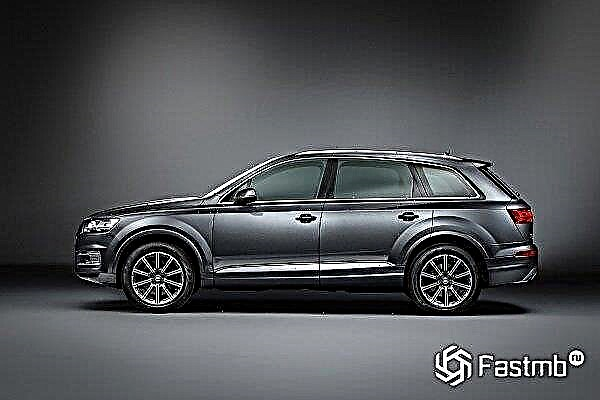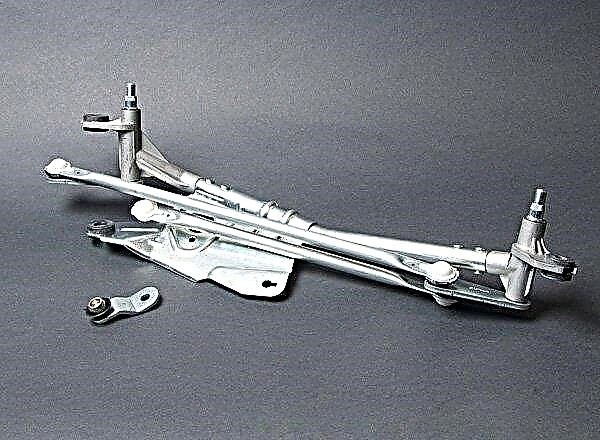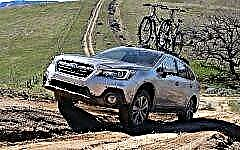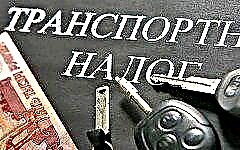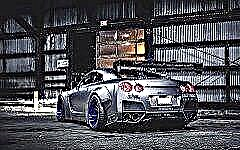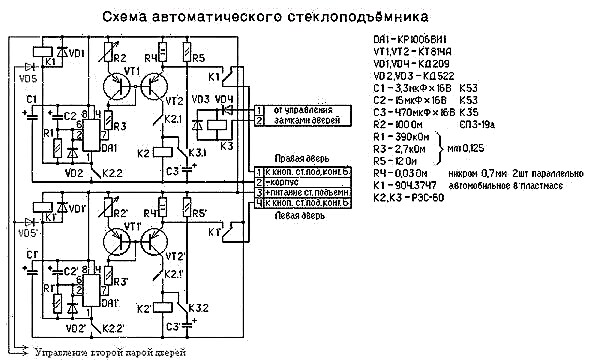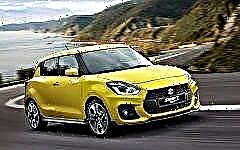
The content of the article:
- General rules
- Standard gestures
- Raised hands
- Hands spread or lowered along the body
- Outstretched arm
- Non-standard gestures
The photograph of the first traffic controller is dated December 1902. On a special stand with a traditional baton and a whistle, he stood on the famous Berlin Unter den Linden. By the way, for a long time only female police officers were appointed to this position in Russia.
But people are replaced from everywhere by technology, and traffic controllers were replaced with traffic lights and road markings. However, the cold and snowy Moscow winters of recent years made it clear that this profession has not completely outlived its usefulness. Even experts, having seen large-scale traffic jams caused by the natural disaster, admitted the impotence of modern technologies and road markings.
To streamline the flow of late motorists, to stop cunning violators who are trying to go around the traffic jam to the detriment of traffic rules and get rid of countless small, but even more difficult traffic accidents, could only be the authority of the traffic controller.
General rules
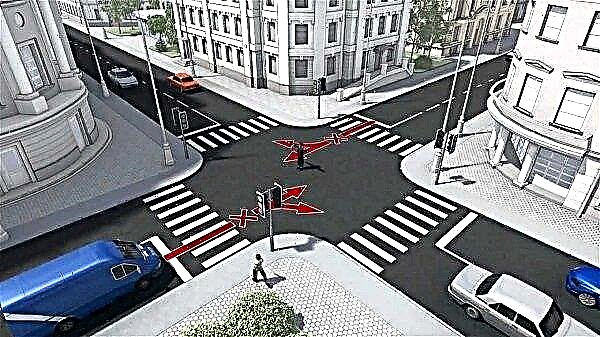
Criminally little time and attention is paid to the discipline of recognizing the gesture of a traffic controller in driving school courses. Moreover, on the part of both instructors and students.
Of course, if a traffic police officer sees that the drivers are confused and do not understand how they should move, he will show the right path with available signals. But still, every car owner should know and remember the basic rules and gestures:
- If there is a traffic controller on the road, you should be guided by his instructions and signals, and not by road signs or traffic lights.
- The traffic controller's instructions apply not only to motorists, but also to all other road users: cyclists, motorcyclists, pedestrians.
- The traffic controller has the right to gesture with a baton, hands, a reflective disc, and also to attract attention by means of sound commands with a whistle.
For failure to comply with the instructions of the traffic controller due to their ignorance, penalties are provided.
Standard gestures

There are only three main signals of the traffic controller, in memorizing which simple logic will help. So, the presence of only two hands allows him to open the movement, respectively, in two directions, to which these same hands point.
It is also always worth remembering that it is forbidden to "move" the traffic controller. That is, when the movement is allowed, the car can follow one arm of the employee straight along the other arm. Or turn right. If he needs to turn left, the driver will be forced to move forward at the intersection, and then he will "run over" the traffic controller, and this, as was said, is prohibited. Therefore, there are only two paths - straight ahead and to the right. That's the whole secret of memorizing gestures.
1. Raised hands

The whole posture of the traffic controller with a raised hand as if calls - stop. From whatever side the motorist is heading to the intersection, seeing this gesture, he must immediately stop moving. However, there is a "but" here - the cars already at the intersection must free it, continuing to move in the direction they started.
In practice, this command replaces the yellow traffic light, therefore, it is given in the same way after every other gesture allowing the passage of vehicles. It applies to both public transport and pedestrians, who must also remain on the sidewalk until the next command.
This is a very effective signal for unregulated intersections where you need to urgently pass special vehicles or resolve an emergency.
2. Hands spread or lowered along the body

Both gestures give motorists the opportunity to move on. Why are they different? This is due to concern for the safety of the traffic controller. In the presence of a large traffic jam or large-sized vehicles, a traffic police officer simply physically will not be able to spread his arms without touching the transport around him. Therefore, one and the same signal is represented by a different position of the body.
Otherwise, drivers must follow the above-described "memory" - they have the right to move from the hand of the traffic controller in the direction of the other hand. Not from the back, not from the side of the chest, not in the transverse direction and without turns, but as if from one sleeve of a shirt to another.
But if the driver of the tram sees this position of the traffic controller, he is allowed to travel only forward, without the ability to turn right. What does such a traffic controller's gesture mean for pedestrians? Everything is similar to motorists - also go in the directions indicated by the traffic controller. Only pedestrians, unlike drivers, are allowed to move behind the back and in front of the employee.
3. Outstretched arm

If at the intersection the traffic controller meets with only one arm extended forward, you should mentally replace it with a traffic light with a red signal, but with a green arrow burning to turn.
Here the motorist may have a fair question. Where to go is clear - in the direction of the hand, but from where? Which side of the intersection is it allowed to leave? And again you will have to connect the power of imagination and "raise" the second hand of the regulator so that the scheme becomes clear. You should drive out from the side of the lowered hand in the direction of the thrown forward.
In this case, pedestrians are allowed to cross the road only behind the back of a traffic police officer, but trams can only turn left.
And what should be done during the "shift shift" when the traffic controller changes one gesture to another? Do not try to predict the next command in advance or perform emergency braking while waiting for a signal. Each driver must continue driving according to the maneuver allowed by the traffic controller and already started. In no case should you stop in the middle of the intersection, obstructing the rest of the transport. The change of position can additionally be accompanied by a whistle sound, warning of a new command from the traffic controller.
Non-standard gestures

The pictures described are the ideal development of events, which rarely happens in the everyday realities of road traffic. Therefore, each traffic controller actively uses other methods of delivering information to motorists. For example, arms spread apart can be complemented by vigorous twisting of the wand at chest level. Thus, the traffic police officer rushes the motorists, passing the intersection, in order to establish traffic as soon as possible.
But swings with a brush from left to right will call for the earliest completion of the left turn, and from top to bottom - right. If signal No. 3 is activated, but the traffic controller looks at the drivers who do not have time to stop in time and at the same time makes inviting movements with his left hand, this means permission to continue driving.
The situation with pedestrians is much more problematic. If motorists can follow commands, remembering driving school lessons, driving behind other cars, or simply on a whim, then pedestrians do not know these gestures by definition. Therefore, in addition to the classical training that each traffic police officer undergoes, regardless of position and rank, all traffic controllers master the practical skills of organizing the correct movement:
- understandable replacement of classic gestures for those that are recognizable by road users;
- quick response to emergency or conflict situations on the road;
- the ability to reach everyone on the road - from pedestrians and cyclists to car drivers and public transport.
Their knowledge is constantly refined and improved through regular training and testing, which cannot be said about drivers and pedestrians. But for a pedestrian crossing the carriageway without a corresponding permission signal from the traffic controller, a fine of 500 rubles is provided.
Drivers will face an even harsher punishment - the first violation of the team will take 1,000 rubles from the family budget, and a second violation can either lead to an increase in the fine to 5,000 rubles, or to the deprivation of a driver's license for a period of 4 to 6 months.
It is very difficult to be a “live traffic light” on a road of any complexity, in any weather conditions, in the daytime or at night, and for any indefinite period.
Therefore, as a sign of respect for a difficult profession, all road users should periodically refresh their memory of the signals and gestures of the traffic controller, so that if they meet him at an intersection, they do not become the culprit of a traffic collapse or accident.

